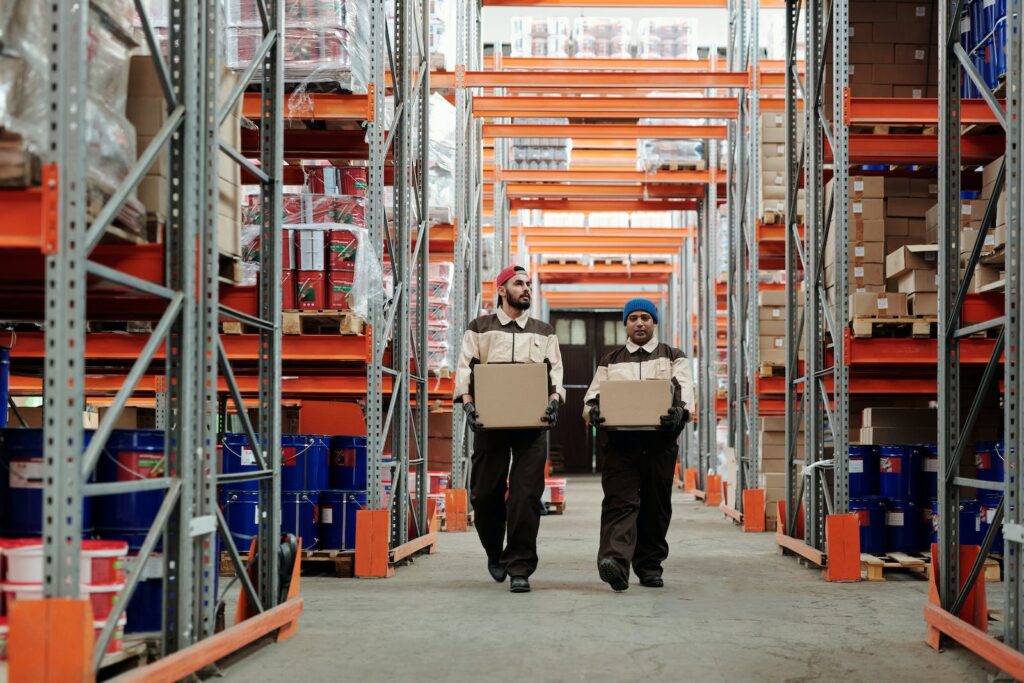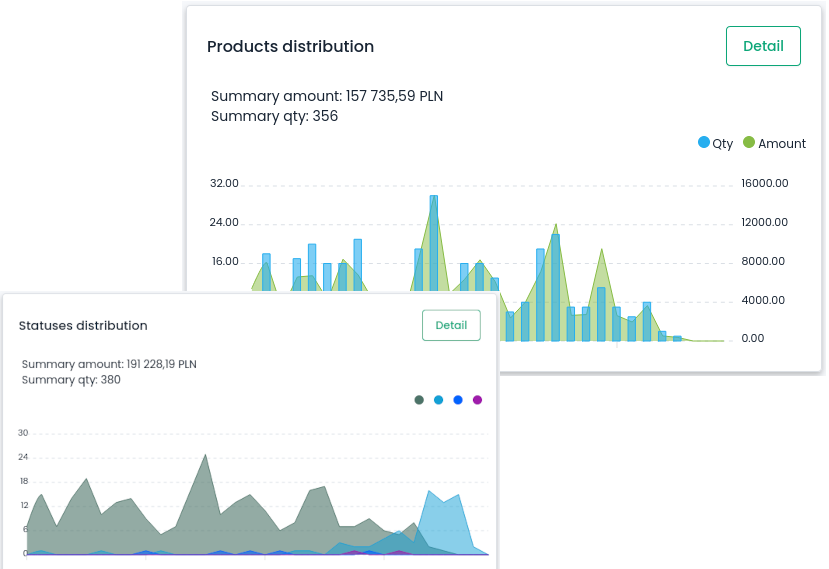
There are several processes in eCommerce referred to as return merchandise authorization (RMA), return authorization (RA), or return goods authorization (RGA). All relate to handling returns, refunds, replacements, or repairs, as agreed upon during the product’s warranty period.
In general we can assume that RMA (Return Merchandise Authorization) is an integral part of e-commerce. Its role in managing returns and exchanges is crucial. At the same time, it often comes with challenges such as tracking processes and dealing with customer dissatisfaction.
RMA is primarily a process that plays a key role in managing returns in e-commerce. In this article, we will explain what RMA is and what it means for your business.
1. Return Merchandise Authorization – it’s a process, not just a tool
RMA is a set of procedures and rules that regulate how returns are accepted and processed in an online store. It can be carried out both traditionally (manually) and with the help of modern online tools. It’s essential to understand that RMA is not just software but, above all, a process that requires proper approach and management.
2. The authorization process in RMA
The RMA authorization process is nothing more than the formal acceptance of a product return by the seller. For example, a customer wants to return a purchased sweater because it is too large. First, they need to obtain return authorization from the store, which often involves simply filling out an online return form.
RMA authorization occurs before the product is sent back to the store and depends on the store’s return policy, such as allowing returns within 30 days of purchase. This is a crucial step to prevent situations where the store receives unexpected or unauthorized returns.

3. Traditional vs automated RMA systems
In traditional RMA systems without dedicated software, identifying incoming packages in the warehouse is often problematic. Imagine a situation where the warehouse receives dozens of return packages daily. Employees don’t know who sent them or which order they relate to.
Automated RMA systems, such as RetJet, offer simple return forms, barcode scanning, and return label creation. These features significantly simplify package identification and speed up the return process.
4. Features of an ideal RMA system
An ideal RMA system should primarily provide transparency and control over the entire return process. It should enable easy identification of packages, greatly facilitating return management and accelerating their processing. For example, the system should allow tracking of each return shipment from the moment it is sent until it is received in the warehouse.
It is also important for the system to inform the customer about the return status. A customer who returned a sweater should receive a notification when their return is accepted in the warehouse and processed.
Additionally, the RMA system should provide easy-to-analyze statistics and allow automation of specific stages, such as assigning returns to the appropriate employees in the store. This makes the return process more efficient and less prone to errors, leading to better customer service and warehouse optimization.

5. Challenges and solutions in RMA systems
In traditional RMA systems, challenges often include long return processing times, which can lead to customer frustration. For example, a customer is waiting for a refund for a returned sweater. However, the process is taking longer than stated on the website. This is definitely affecting customer satisfaction with the purchase and the store’s perception.
Another problem is the risk of errors in the return management process. For example, a return may not be correctly registered in the system, leading to confusion and additional costs.
The solution to these problems is the implementation of an automated RMA system, which streamlines processes, increases accuracy, and improves customer experiences. Automation ensures that returns are processed faster, and the risk of errors is minimized. For example, the system can automatically update the return status and inform the customer of progress, increasing transparency and building trust.
6. RetJet – a modern RMA solution
RetJet is an example of a modern RMA tool that offers comprehensive solutions for return challenges. Through automation and process simplification, RetJet helps online stores manage returns efficiently.
RetJet not only allows for quick package identification and effective warehouse management but also provides customers with up-to-date information on the status of their returns.
Consider your current RMA system. Is it efficient and does it meet your customers’ expectations? Wouldn’t it be beneficial to improve it? We invite you to explore the possibilities offered by RetJet. Discover how our solution can enhance the efficiency of your online store and increase customer satisfaction. Check out RetJet today and see how we can transform your approach to returns together.
